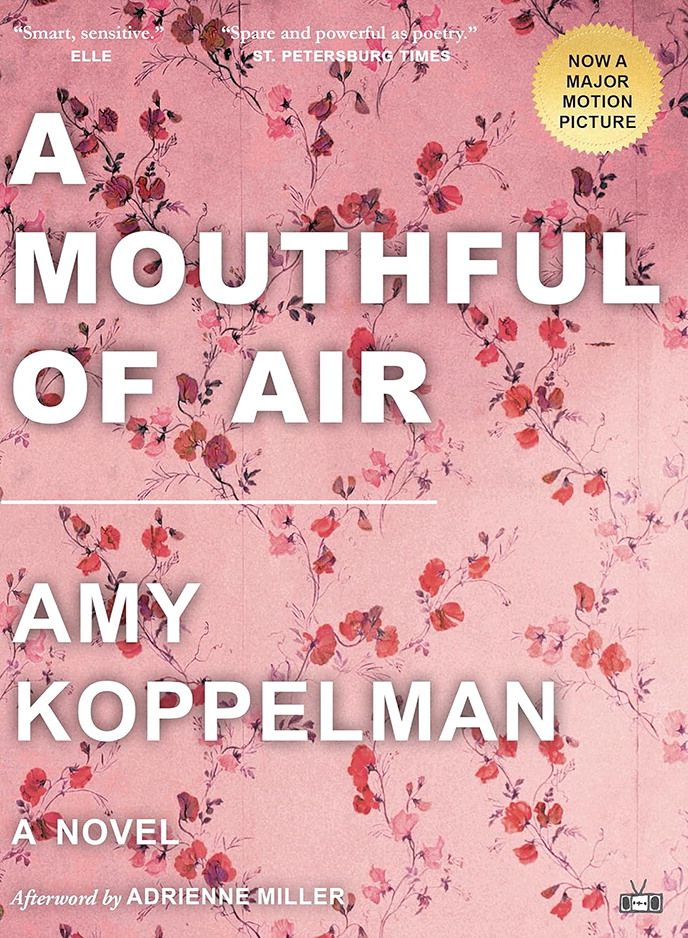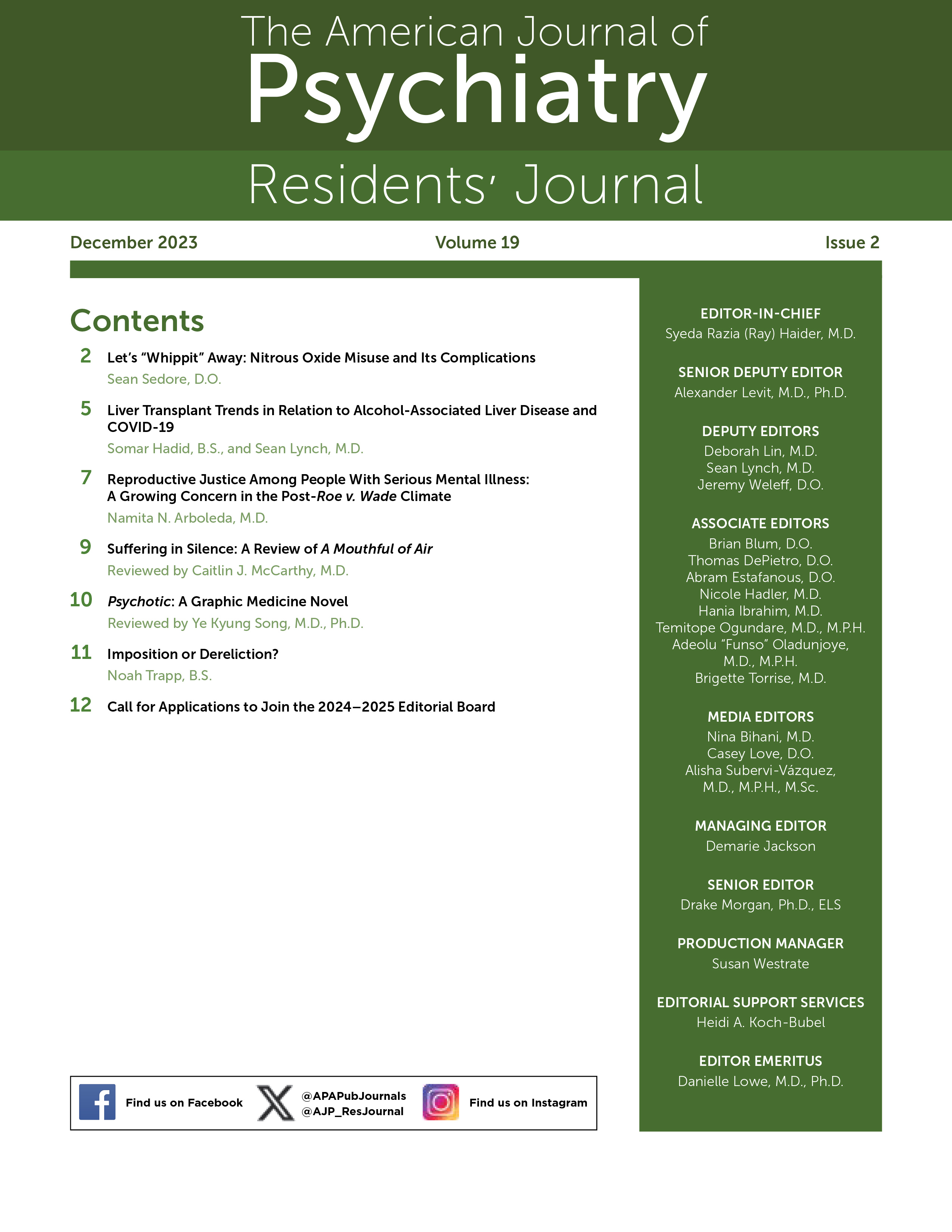Set in the idyllic Upper East Side of New York City in 1997, Amy Koppelman’s A Mouthful of Air follows one woman’s struggle with postpartum depression. The novel opens with 26-year-old Julie being discharged from a psychiatric hospital following a suicide attempt just before her son Teddy’s first birthday. Predisposed by insecure attachment, overwhelmed by intrusive thoughts, and triggered by feeling insufficient as a new stay-at-home mother, Julie initially tries therapy and antidepressant medication to help her feign normalcy.
Julie’s relationships signal her mental status to the reader. Ethan is aptly written as the clueless husband, and hints of his wandering eye give the reader a sense of Julie’s insecurity that borders on paranoia. The live-in nanny-housekeeper contributes to Julie’s self-doubt with her apparent ease in childrearing. Julie goes out of her way to avoid Raymond, the doorman, who was on duty the night she cut her wrists in the bathtub. She has tense relationships with her recently separated parents, because her mother appears obsessed with upholding appearances of perfection, and her father left the marriage in pursuit of younger women.
When Julie finds herself unexpectedly pregnant with her second child, her psychiatrist strongly encourages her to temporarily discontinue taking sertraline—a decision that is not today’s standard of care. Postpartum depression is estimated to affect one in seven women, and the only treatment approved by the U.S. Food and Drug Administration is a continuous infusion of the neurosteroid brexanolone, which requires a 3-day hospital stay and costs $34,000 out of pocket (
1). Furthermore, despite its prevalence, postpartum depression was not included in the DSM until 1994, and professional societies debate the time frame for diagnosis (
2). Antidepressants and psychotherapy are the gold standard for treatment, although patients and providers must first clear the ever-present hurdle of stigma surrounding mental health care in the postpartum period. Julie’s narrative is often clouded by her overwhelming need for secrecy; she attends basketball games and Tupperware parties and moves to the suburbs, working hard to maintain a facade. After Julie gives birth to her daughter, her doctor discourages her from breastfeeding while taking sertraline, which leads to Julie disposing of her medication and breastfeeding in secret. Ultimately, these decisions lead to tragedy.
Societal reluctance to acknowledge mothers with postpartum depression may also be reflected in the difficulty Koppelman faced in publishing her debut novel. The book was rejected by countless publishers before being published in 2003 by a small family-run firm (Two Dollar Radio). Interestingly, nearly two decades later, the book was enthusiastically reissued in 2021 in conjunction with the release of the film by the same name, featuring Amanda Seyfried (reviewed in Time Magazine and The New York Times). The film adaptation and second edition of the novel may reflect subtle progress and a shift in stigma, from hiding and shaming to diagnosing and treating.
A mere 168 pages, the book is short in length but not light in content. Much of what Julie grapples with is likely to resonate with most childbearing individuals: feelings of inadequacy as a parent, intrusive thoughts about their changing bodies, and a desire to feel attractive to their partners. Koppelman characterizes Julie as affluent to demonstrate the nondiscriminatory nature of postpartum depression and its ability to afflict even the most privileged. The reader often feels unable to look away from Julie’s struggles, despite a gnawing feeling of looming disaster. Although heavy to digest and uncomfortable to consider, A Mouthful of Air illustrates the potentially devastating consequences of untreated maternal mental illness.

